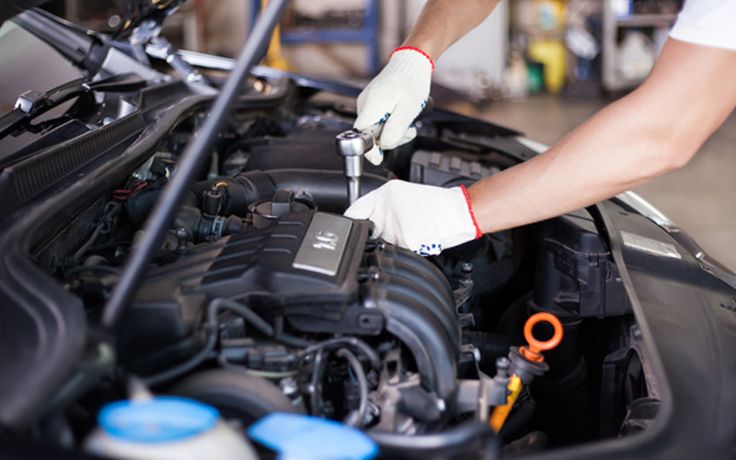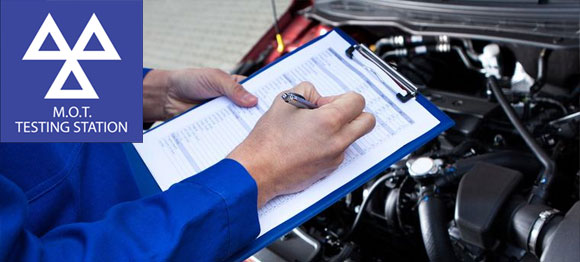What is the Effect of ADAS on Car Service?

Strong 8k brings an ultra-HD IPTV experience to your living room and your pocket.
The process of transformation in vehicle automation and safety has brought a new dawn in the field of car servicing, especially with the involvement of Advanced Driver-Assistance Systems (ADAS). These systems that also involve functions of adaptive cruise control, lane-keeping assistance, automatic emergency braking, blind-spot monitoring, and driver fatigue detection depend on a vast network of sensors, cameras, LiDAR, and radar modules integrated into different areas of the vehicle.
As most new vehicles are now standard or optioned with ADAS technologies, the traditional service patterns will have to change as they no longer only deal with mechanical performance in terms of engine, transmission, or brakes but also with electronic clientele and sensor alignment. In the old days regular maintenance like brake checks, oil changes, and suspension inspections were all mechanically oriented. Currently, any interaction that a technician performs, including seemingly unconnected processes, may impair the recalibration of sensitive ADAS systems.
As an example, the ride height can subtly change the view of the camera system in order to check the lanes, whereas removing a battery could reset or disengage some of the safety warnings. Consequently, overall ADAS has transformed the way workshops conduct standard service and maintenance, necessitating a multidisciplinary strategy that combines a classic automotive fix with computerized diagnostics and software control.
The Recalibration Requirement of a Basic Repairs and Replacements
Among the most significant outcomes of the ADAS integration is the necessity to recalibrate the system after simple services or changing a component. The position or rotation of sensors and cameras may be directly or indirectly influenced by any work that involves the windscreen, the suspension system, the steering geometry, or simply a change of tyre. As an illustration, cameras mounted on the windscreen to perform lane-keeping assist and traffic sign recognition may need optical alignment. Windscreen replacement that has not been recalibrated can lead to erroneous or slow reactions, which jeopardizes safety. Similarly, wheel alignment can influence not only tyre wear or steering behavior but also ADAS functionality, such as lane centering and collision avoidance and mitigation, which requires proper directional information. After suspension work, recalibration becomes important as well because the visual field of the sensors and cameras may be disrupted due to changes in ride height or camber. As such, recalibration has ceased to be a luxury or optional procedure;
It is an obligatory one in the service schemata with such systems. Local drivers who want Car Service Stevenage can find that professional garages are now adding sophisticated calibration technology to their service bays in response to increasing demand and manufacturer demands. Depending on the place, the absence of recalibration after a significant piece of work can prevent vehicle warranties or even result in a violation of safety requirements.
Static ADAS Calibration vs. Dynamic
Static calibration takes place under controlled workshop conditions under special equipment or devices such as laser-based alignment systems and target boards at defined distances from the vehicle. The camera and sensors are normally forward-facing, and the approach is needed after windscreen installation or bumper replacements. The technicians should adhere strictly to the OEM requirements, and this involves configuring the field of view of the sensors using precise measurements of height, angle, and angle orientation.
Dynamic calibration, in contrast, entails taking the car on clearly marked roads in certain conditions in order to allow the ADAS system to calibrate itself on real-world data. This approach is commonly applicable with radar-supported systems or when a static calibration is not applicable. In a dynamic calibration, one technician starts the calibration process with a diagnostic instrument, and the vehicle is driven a certain distance at a specific speed. Depending on the manufacturer protocols, some vehicles need to recalibrate them using both tools. The workshops should be provided with the hardware and software that will perform such calibrations accurately.
This involves being able to access OEM diagnostic instruments or similar systems able to communicate with the vehicle ECUs. It also should be a bright, flat, and extra-spacious environment to calibrate the targets accurately. Due to those needs, not every garage is ready to process ADAS recalibration yet, and as a result, specialized service centers and mobile ADAS calibration vehicles have become in large demand.
Workshop-Technical, Owner of the Vehicle Implications
The development of ADAS is both a challenge and an opportunity to the automotive service industry. In the case of workshops, recalibration of ADAS equipment and training technicians is gaining high levels of interest. Technicians are also required to master electronics, diagnostics, and vehicle communication protocols besides mechanical repairs. Packages such as diagnostic software and OEM data are necessary to keep up with the ever-changing ADAS technology. To vehicle owners, this development means more service expenses and the necessity to stick with service providers certified and able to deal with ADAS-related processes. Not calibrating after repairs can threaten both the on-road safety and on-road legality of the car.
Also, there are insurance companies requesting documentation of a calibration after some repairs in order to prove a claim or be policy compliant. This serves as a consideration here, and education plays a critical role. Technicians and car owners must realize that recalibration is not a ceremonial duty but a life-saving procedure. A car can seem to be functioning as usual even when the sensors are set up wrong, and during emergency conditions, it can cause the system to shut down or react slowly. There is also the movement among manufacturers to develop ADAS systems that warn drivers when they must be recalibrated, or they are not, providing an additional measure of responsibility.
Note: IndiBlogHub features both user-submitted and editorial content. We do not verify third-party contributions. Read our Disclaimer and Privacy Policyfor details.




